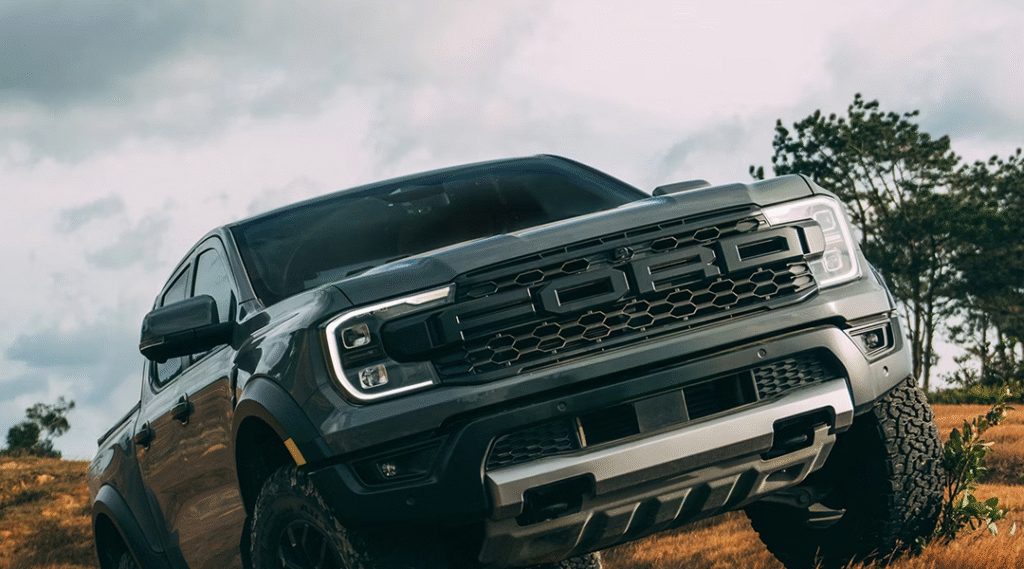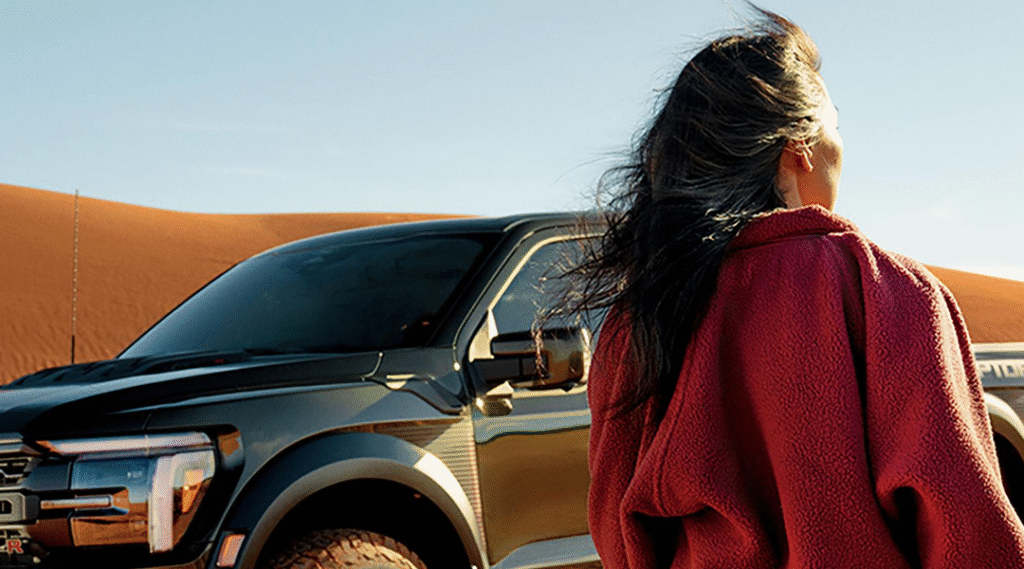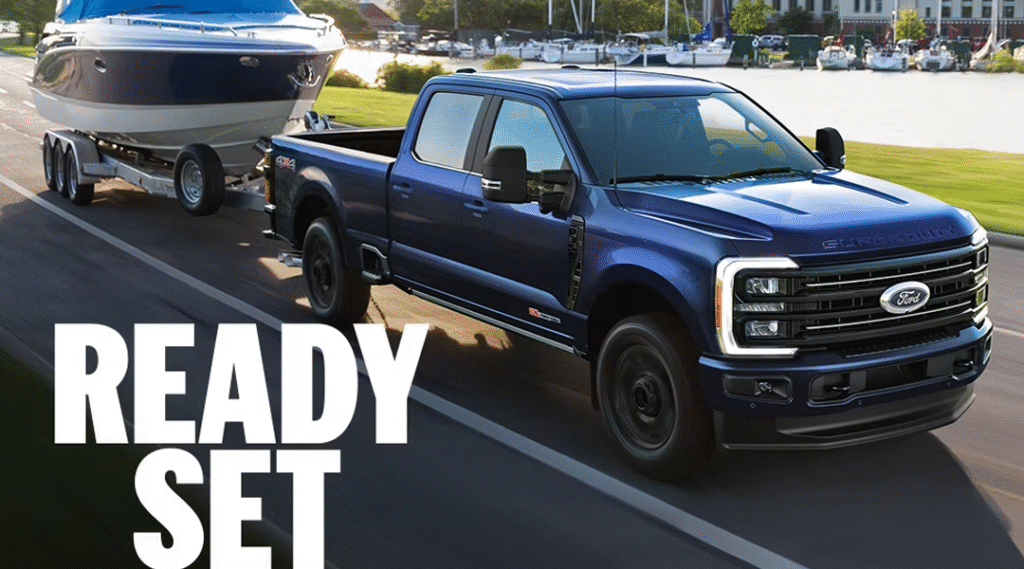Ford’s pickup lineup is wide enough to serve weekend adventurers, families, and commercial operators alike. From the midsize Ford Ranger to the versatile 2025 Ford F-150, and up to the heavy-duty Super Duty series, each model targets a different buyer profile. The key to choosing among them is understanding your daily driving habits, towing and hauling needs, and long-term cost expectations.
The three trucks: a quick identity check
- Ford Ranger: Compact and capable, ideal for those needing a smaller pickup that can still tow up to around 7,500 lbs and haul roughly 1,800 lbs. Its size makes it a natural fit for city streets or outdoor recreation.
- 2025 Ford F-150: A full-size light-duty truck with multiple engine choices, including EcoBoost V6s, a hybrid option, and V8 power. Towing maxes out near 13,500 lbs, with payloads reaching about 2,400 lbs, making it the balanced choice for mixed personal and work use.
- Ford Super Duty: Built for the most demanding jobs, these trucks offer diesel and gas heavy-duty engines, very high towing and payload figures, and durability designed for commercial and industrial workloads.

Side-by-side comparison: Ranger vs F-150 vs Super Duty
| Category | Ranger | 2025 F-150 | Super Duty |
|---|---|---|---|
| Size / Segment | Midsize | Full-size light duty | Heavy duty |
| Max Towing | ~7,500 lbs | ~13,500 lbs | Higher, commercial scale |
| Max Payload | ~1,800 lbs | ~2,400 lbs | Higher still |
| Engines | 2.3 L EcoBoost I4, 3.0 L V6 | Multiple EcoBoost, hybrid, V8 | Gas & diesel HD |
| Driving Ease | Compact, city-friendly | Balanced, versatile | Large, less agile |
| Cost / Efficiency | Lowest cost, better fuel economy | Mid-range | Highest cost, fuel use, maintenance |
| Ideal Use | Recreation, light work | Work + family mix | Heavy hauling, fleets |
Decision logic: which fits you best?
- Match capability with your needs:
If you tow small to mid-sized trailers or boats, the Ranger has enough power. For heavier equipment, the F-150 offers more margin. Super Duty is the clear choice for very large trailers or professional workloads. - Consider your environment:
City drivers will appreciate the Ranger’s smaller footprint. Suburban or mixed drivers may find the F-150’s balance more practical. Super Duty suits rural and industrial environments where maneuverability is less critical. - Factor in cost of ownership:
The Ranger is the most budget-friendly to buy and run. The F-150 costs more but offers a wider range of utility. Super Duty is an investment for businesses or heavy-use owners. - Think ahead:
If you expect your towing or hauling needs to grow, stepping up to the F-150 can prevent outgrowing your truck too quickly. However, buying a Super Duty when your usage doesn’t require it may mean overspending.

Recommendation summary by user profile
- Recreational / moderate-work user: The Ranger is attractive if 7,500 lbs towing is enough for your boat, trailer, or gear. You’ll benefit from easier handling, lower costs, and sufficient utility.
- All-around work + family use: The 2025 F-150 often hits the sweet spot. It handles heavier towing, gives more payload, and still maintains daily comfort and features.
- Heavy-duty / commercial / extreme towing: The Super Duty is your pick when you regularly haul big trailers, construction loads, or fleet-style workloads beyond what F-150 can reliably support.
More articles about the topic:
The Next Charge: How EV Battery Technologies Are Evolving for Range, Speed, and Sustainability
Battery Monitoring Intelligence in the Automotive Industry
Is the Tesla Cybertruck Truly Reinventing the Pickup — and Will It Drive the Industry Forward?
As for in-depth insight articles about AI tech, please visit our AI Tech Category here.
As for in-depth insight articles about Auto Tech, please visit our Auto Tech Category here.
As for in-depth insight articles about Smart IoT, please visit our Smart IoT Category here.
As for in-depth insight articles about Energy, please visit our Energy Category here.
If you want to save time for high-quality reading, please visit our Editors’ Pick here.



